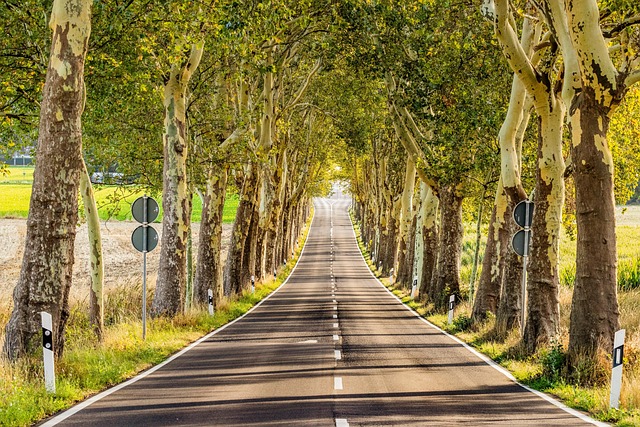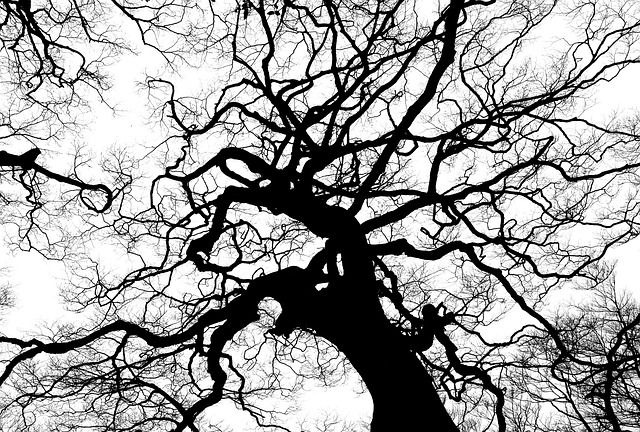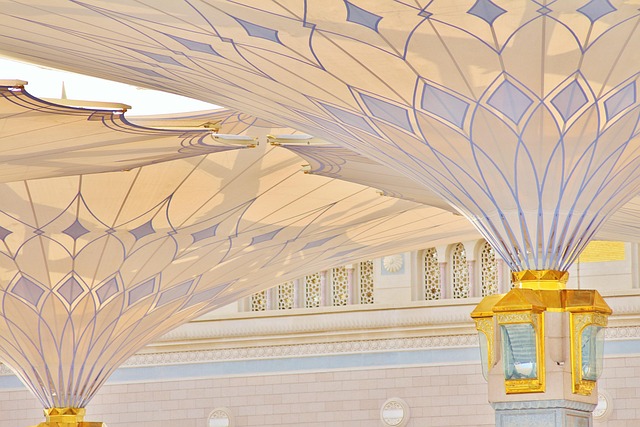Category: Metal awnings and canopies
Introduction
Metal awnings and canopies have long been an integral part of architecture, serving both functional and aesthetic purposes. These structures are not merely shading devices; they are architectural elements that enhance building design while providing protection from the elements. This comprehensive article will delve into the multifaceted world of metal awnings and canopies, exploring their significance, global impact, economic considerations, technological advancements, policy implications, challenges, case studies, and future prospects. Readers will gain a deep understanding of how these structures contribute to sustainability, energy efficiency, and the overall urban environment.
Understanding Metal Awnings and Canopies
Metal awnings and canopies are engineered structures attached to the exterior of buildings. Typically crafted from materials like aluminum, steel, or copper alloys, these structures provide shelter from sunlight, rain, snow, and wind. They are designed to extend the living space outdoors, offering additional functionality such as signage, lighting, or seating areas.
The historical context of metal awnings dates back to ancient civilizations, where simple awnings were made of cloth and wood. However, it was during the Industrial Revolution that metal awnings began to take shape, with advancements in materials and construction techniques leading to more durable and weather-resistant designs.
Today, these structures are not only functional but also play a significant role in architectural design, contributing to the character and identity of buildings and cities. They can be found in various settings, from commercial complexes to residential areas, each serving its unique purpose while maintaining an overall cohesive appearance.
Global Impact and Trends
The global impact of metal awnings and canopies is profound, with their presence influencing both urban and rural landscapes. These structures are particularly prevalent in regions with high solar irradiance, where they help to reduce building energy consumption. In many European countries, for example, metal awnings are synonymous with the architectural character of historic cities and modern urban developments alike.
Key trends shaping the trajectory of metal awnings and canopies include sustainable design, integration with smart city technologies, and customization to fit diverse aesthetic preferences. In regions such as North America and parts of Asia, there is a growing recognition of their importance in energy conservation and architectural preservation.
Economic Considerations
The economic aspects of metal awnings and canopies are multifaceted. They represent a niche market within the construction industry, with growth driven by factors such as urbanization, energy efficiency standards, and the desire for architectural differentiation. Investment patterns reflect a balance between traditional materials like galvanized steel and innovative options such as anodized aluminum or solar-paneled designs.
Metal awnings and canopies contribute to economic systems by offering cost-effective solutions for energy savings, extending the usable space of buildings, and enhancing property values. They also create jobs within local economies, supporting industries ranging from manufacturing to design and installation services.
Technological Advancements
Technological advancements in metal awnings and canopies have been significant, with innovations focusing on durability, sustainability, and functionality. The integration of smart materials that change properties with temperature or light exposure is one such advancement. For instance, thermochromic coatings can reflect sunlight according to the temperature, optimizing heat management.
Another technological leap is the incorporation of photovoltaic cells into awnings, converting sunlight directly into electricity. This not only provides energy for building operations but also contributes to the grid in areas with net metering policies. Future potential includes the development of self-cleaning and self-repairing materials, further enhancing their longevity and efficiency.
Policy and Regulation
Policies and regulations governing metal awnings and canopies are influenced by building codes, environmental standards, and historical preservation laws. In some regions, there are incentives for the installation of energy-efficient awnings, while in others, there are restrictions due to zoning laws or heritage protection mandates.
The legislative framework is evolving to accommodate the integration of these structures with smart city initiatives and to ensure they comply with green building standards. Compliance with these regulations not only ensures safety and sustainability but also contributes to the overall aesthetic and functionality of the built environment.
Challenges and Criticisms
The challenges faced by metal awnings and canopies include issues related to durability, maintenance, and adaptability to various architectural styles. Critics often point out the potential for these structures to become obsolete or visually unappealing over time if not properly maintained or replaced.
To overcome these issues, actionable solutions involve the use of high-quality materials, regular maintenance schedules, and design flexibility that allows for retrofitting and upgrading. Additionally, promoting awareness of the environmental and economic benefits can encourage broader acceptance and adoption of these structures.
Case Studies
Several case studies demonstrate the successful application and integration of metal awnings and canopies into diverse environments. For example, in New York City, the restoration of historic awnings has been instrumental in preserving the character of iconic neighborhoods while providing modern energy-saving benefits. In Singapore, solar awnings have been deployed at transit stations, reducing energy costs and enhancing the user experience.
These case studies highlight the importance of considering both the historical and contemporary contexts when designing and implementing metal awnings and canopies. They also underscore the potential for these structures to serve as an integral component of sustainable urban development.
Conclusion
Metal awnings and canopies are more than mere architectural adornments; they are multifunctional elements that contribute significantly to the energy efficiency, aesthetic appeal, and overall sustainability of our built environments. Their role in balancing the needs of modern urban development with the preservation of historical character is crucial. As technological advancements continue to evolve and policies adapt to changing demands, these structures will undoubtedly remain a vital part of our cities’ and towns’ landscapes.
Durable Metal Canopies: Customized Colors for Your Home’s Perfect Fit

Durable metal canopies are gaining popularity thanks to cutting-edge techniques like powder coating…….
Custom Metal Frames: Balancing Strength, Style, and Light Diffusion

Metal canopy installations are versatile and aesthetically pleasing solutions for commercial and res…….
Long-Lasting Metal Canopy Protection: Powder Coating & Galvanization for Durability

Corrosion from moisture, salt, acid rain, and extreme temperatures poses significant risks to outdoo…….
Elevate Outdoor Spaces: Commercial Metal Canopies and Awnings for High Traffic Areas

Outdoor metal awnings are versatile, durable, and customizable structures that enhance storefronts,…….
Durable & Aesthetic Outdoor Metal Awnings: Material Guide & Installation Tips

Outdoor metal awnings, crafted from durable materials such as aluminum, steel, wrought iron, or copp…….
Custom Metal Shade Structures: Revolutionizing Outdoor Gatherings with Weather Protection

Custom metal shade structures are revolutionizing outdoor living by combining functional design with…….
Elevate Outdoor Spaces: Commercial Metal Awnings for Entryways & Patios

Commercial metal awnings are versatile and durable solutions that transform outdoor spaces, offering…….
Elevate Outdoor Spaces: Custom Metal Shade Structures for High-Traffic Areas

Commercial-grade metal canopies are robust, versatile solutions for storefronts, restaurants, and ou…….
Preserving Durable Metal Canopies: Comprehensive Maintenance Guide

Regular maintenance is key to preserving the beauty and longevity of durable metal canopies. This in…….
